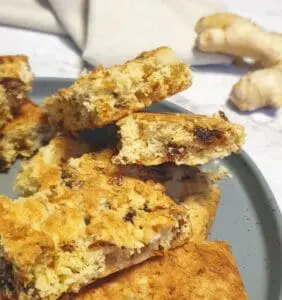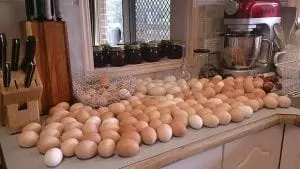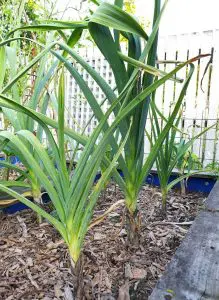Beets, beetroot, whatever you want to call them, when you have too many…. well, you have too many. Yet with the price of food these days, none of us wants to be wasting anything home-grown, especially a seasonal crop like beetroot. Our self-sufficiency journey isn’t just about growing the food; we need to know how to make the best use of our harvest too.
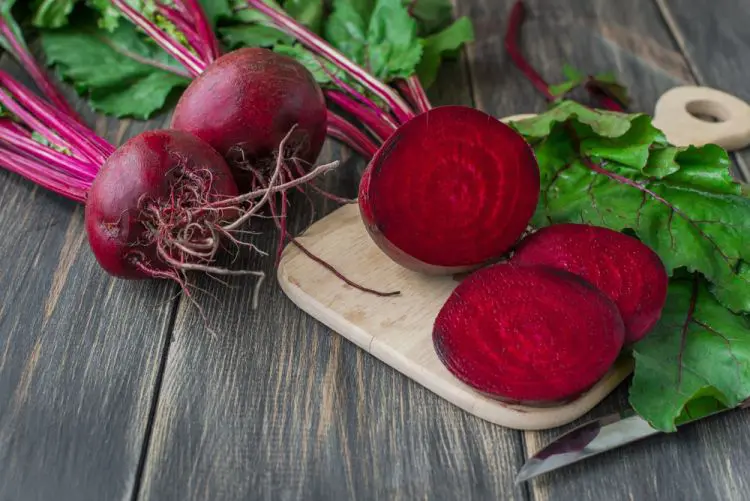
While beets are a common vegetable, they’re not one that is usually a base or a staple, so it can be hard to know what to do with them when you harvest a whole lot at once.
And it’s difficult to not have a whole lot at once when you grow your own. Even if you try to space the seed out while sowing, you can still end up with more beetroot than you bargained for because beetroot is a ‘cluster vegetable’. This means that every single seed will produce several beets, not just one. This is because each seed is actually a group of flowers melded together by the petals, which create a multi-germ cluster. In other words, each ‘seed’ contains two to five seeds which will each produce a beet and they will grow in a cluster-type formation.
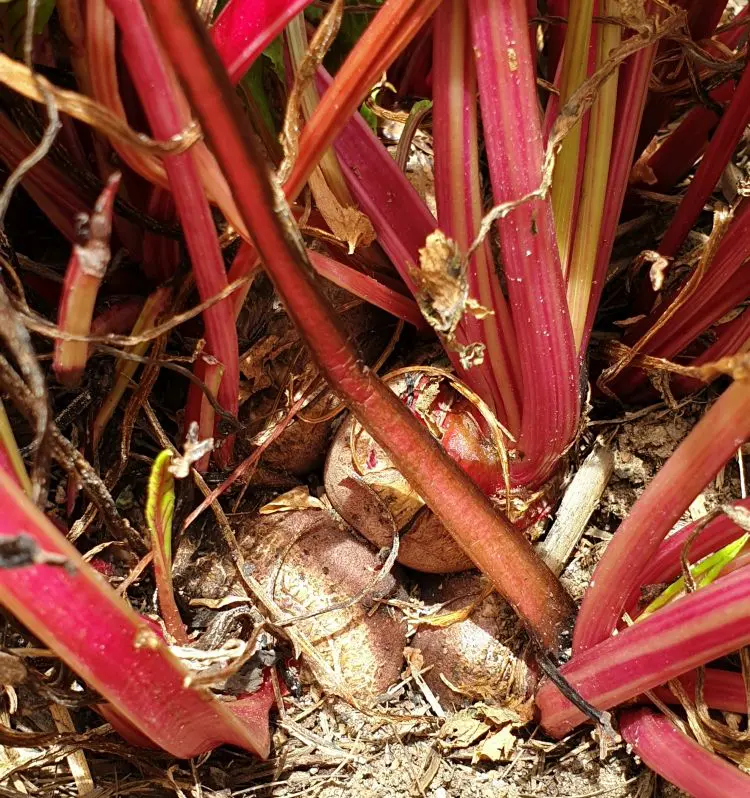
Storing Beetroot
First, let’s look at how to store fresh beetroot.
You can store fresh beetroot the same way as you’d store any other fresh vegetables. Fresh beets will keep the longest in the fridge, wrapped in paper towels (kitchen roll) or a paper bag. When stored this way with their tops cut off, they will be good for at least 2 weeks. You need to cut the tops off, otherwise the greens will draw moisture from the root and they’ll spoil more quickly. Beetroot will be okay at room temperature for a couple of days, but then it’ll need to be used. Beets should always be firm to the touch and smell earthy; if they’re soft and smell off, they probably are.
Freezing Beetroot
The next obvious question is, can I freeze beetroot? In short, yes you can. You can freeze it raw or cooked (opinions vary as to which is best), but you’ll definitely get longer shelf life if you cook them before freezing. Here’s how to do it.
If you’re in a hurry, freeze raw beetroot by peeling it then slicing it, grating it or chopping it into small pieces. Spread these pieces out on a baking tray for the initial freezing so that they don’t stick together. Once frozen, they can be bagged and labelled for longer-term freezing. Whole beets won’t freeze well so it is important to chop them for freezing. Beetroot preserved this way is best used within 3 months.
If you have time, blanch your beetroot before freezing it. Blanching will help beetroot retain its texture, flavour and nutritional value in the long term. Boil or steam the beets whole for 35 mins-1 hour. Be sure to wash and trim them first, leaving 1-2 inches of stem and root. Once they are tender, cool them in a bowl of ice water then slip the skins off. Chop or slice then bag and label them for the freezer. Beetroot prepared this way will last for up to a year in the freezer.

Preserving Beetroot
Beetroot is one of the best and easiest vegetables to preserve, and this can be done in a myriad of ways. Relish, pickles, canning, sauerkraut, jam- the list goes on. These may sound complicated and time-consuming, but they need not be. There are literally hundreds of beetroot preserving recipes out there on the internet for you to try, and many of them are easy. As an example, preserving beetroot can be as easy as slicing it raw then putting it in a sterile jar with half lemon juice and half apple cider vinegar. Throw in a few chillies & peppercorns if you like and store in the fridge to snack on at any time.
Using Beetroot
To really use up a good bit of beetroot, you really need some recipes that are beetroot-heavy and/or that will freeze well. Our beetroot soup with chive dumplings and hazelnut dukkah (shown above) ticks both of those boxes, as does beetroot juice, beetroot pasta sauce and beetroot latkes.

To freeze beetroot in smaller quantities, consider using ice cube trays. Make a puree by boiling whole beets until tender, removing the skins, then pulsing them in a blender or food processor. Frozen like this, you’ll be able to add a small amount of beetroot to a soup, stew, or drink. Just be sure to fill the ice cube trays over the sink!




